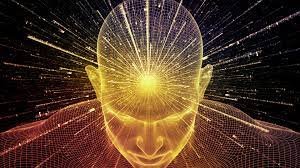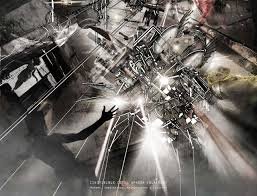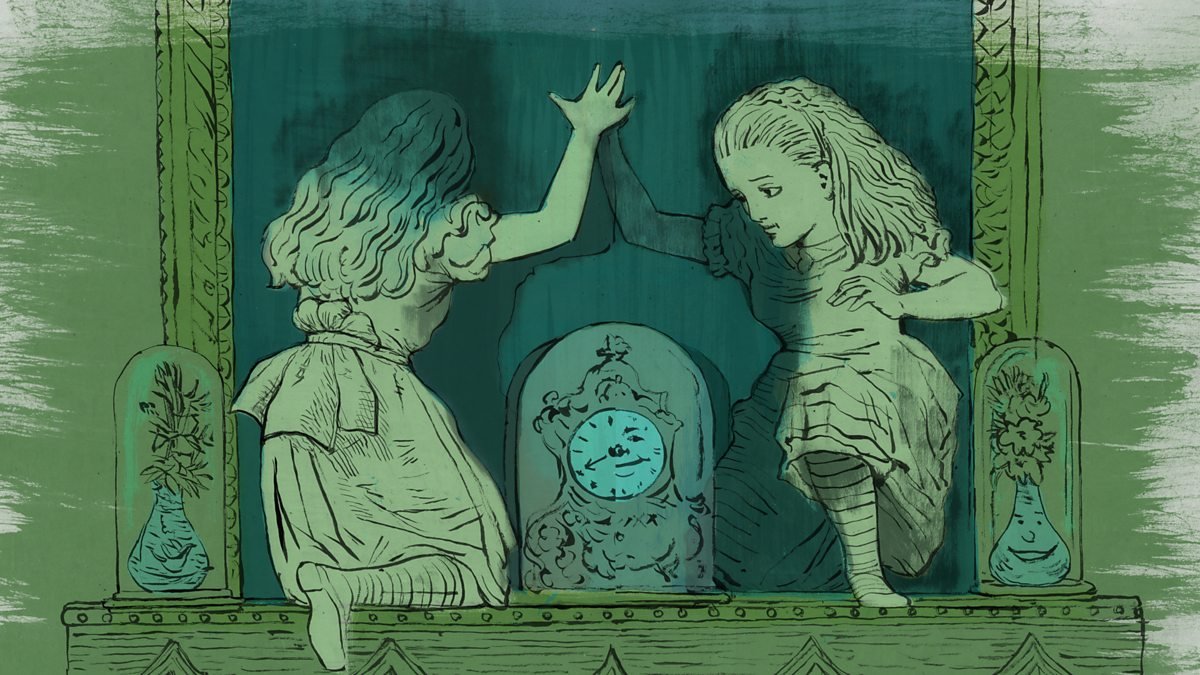Emptiness, once seen as an affliction, reveals itself at last as a horizon — not a void to be crossed but a depth to be understood. The patient who has endured the slow erosion of meaning eventually begins to perceive something subtle beneath the silence: a pulse, a presence without name. This is not the return of emotion as it once was; it is the first whisper of existence becoming aware of itself again. Out of nothing, consciousness begins to weave the faint threads of new meaning.
The transformation does not occur through will or logic. It happens quietly, in the hidden spaces between despair and surrender. When the self stops trying to rebuild its old architecture, a new form of being begins to arise — not constructed but discovered. The emptiness that once felt like death now becomes transparent, and through it, life glows in its rawest form. The individual realizes that what they called “nothing” was never absence at all; it was pure potential, unshaped and infinite.
Psychiatry, standing at the edge of this revelation, faces a paradigm shift. Its tools — neuroimaging, pharmacology, psychotherapy — can touch the surface of emptiness but not its essence. For the void is not a neural dysfunction; it is consciousness in transition. The brain, that intricate instrument of perception, undergoes a kind of quantum reorganization when meaning collapses. Default patterns of thought and emotion dissolve, making space for a new order — not imposed, but emergent. The process mirrors what physicists describe in the universe: chaos preceding new form, entropy preceding creation. In this sense, the psyche is cosmological — a small universe learning to reinvent itself.
Those who have passed through the Emptiness Syndrome often speak of an after-state that defies diagnosis. They describe an unexpected peace, not of happiness but of transparency. They still see the same world, yet it appears weightless, luminous, somehow realer than before. Objects no longer carry the heavy demand to signify; they simply are. Emotions no longer chain them; they move freely, like clouds. What once felt like detachment now becomes clarity. The mind no longer clings — it observes, participates, and releases. It has learned the art of lightness without loss.
In this new consciousness, meaning is not something to be found but something that flows through presence itself. Every act — breathing, speaking, touching — becomes a small creation of significance. There is no longer the old dichotomy of purpose and purposelessness; there is only participation. The individual no longer asks, “Why do I exist?” but rather, “How can I fully exist in this moment?” This subtle shift marks the end of existential anxiety. The void remains, but it has become friendly.
Neuropsychologically, this shift corresponds to a rebalancing between the brain’s default mode network and its task-positive systems — between self-referential rumination and direct engagement. The self that once looped endlessly in internal reflection now rests in dynamic equilibrium with the world. The sense of “I” becomes fluid, relational, grounded not in thought but in awareness itself. The psychiatric implication is profound: healing does not mean returning to one’s former identity but learning to exist without needing one.
Culturally, this awakening challenges the very foundation of modern identity. The capitalist psyche thrives on lack — the endless hunger for more: more achievement, more validation, more self. But those who have touched true emptiness discover that fulfillment does not come from addition but subtraction. The richest state of mind is not abundance but simplicity. A society built on constant stimulation will find this truth almost unbearable — for silence cannot be monetized, and presence cannot be marketed. Yet it is precisely this silence that our age most desperately needs.
Spiritually, emptiness becomes revelation. The mystics have said for millennia what neuroscience is only beginning to confirm: that the core of consciousness is void, but that void is luminous. The Buddhists call it śūnyatā, the mystics union, the poets grace. All point to the same realization — that to lose oneself completely is to discover the one self that never leaves. In this state, there is no boundary between self and other, subject and object, therapist and patient. The psychiatrist who accompanies such a journey no longer treats illness but witnesses awakening. The consulting room becomes a sacred space where two awarenesses dissolve into one shared silence.
At the deepest level, emptiness teaches that consciousness is self-generating. Meaning is not something added to existence; it is existence perceiving itself through form. Every mind is thus a mirror in which the universe contemplates its own unfolding. To encounter nothingness is to see through the illusion of separation — to understand that the suffering of emptiness was never punishment, but preparation. The soul empties itself so that it can hold infinity.
This understanding reshapes psychiatry’s ethical foundation. No longer can healing be defined merely as the restoration of function or normality. True healing means awakening — helping the mind remember its own depth. The psychiatrist’s role, in this new paradigm, is not only to cure but to accompany: to stand beside another consciousness as it traverses its inner cosmos. The tools of medicine remain vital, but they serve a greater end — the expansion of awareness itself. Psychiatry thus becomes the art of conscious evolution.
And so, the story comes full circle. What began as pathology ends as philosophy. The patient who once whispered, “I feel nothing,” becomes the one who can finally say, “I feel everything, and I am at peace.” Emptiness reveals itself as the mother of meaning, the silent origin of all experience. The void that once terrified now feels like home.






